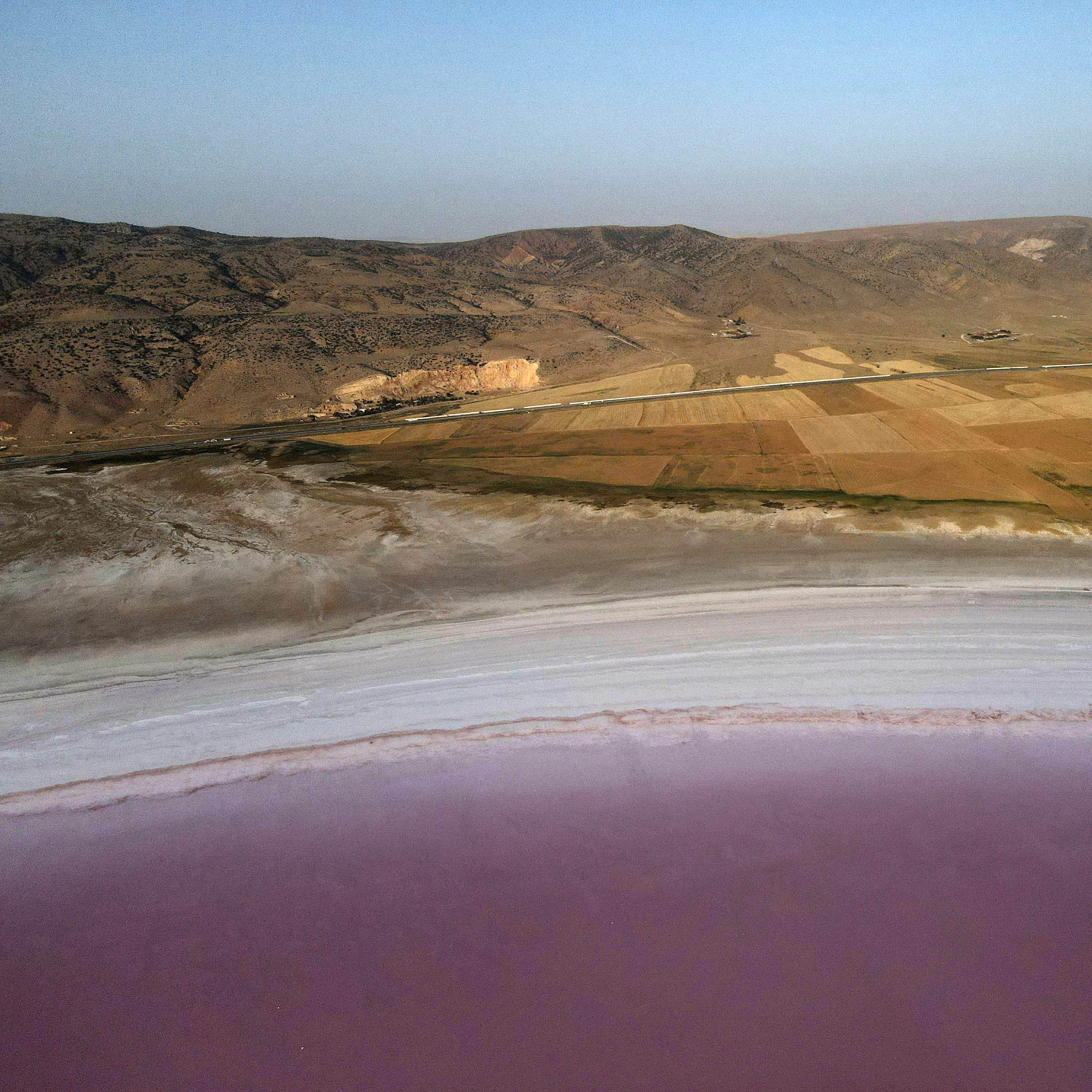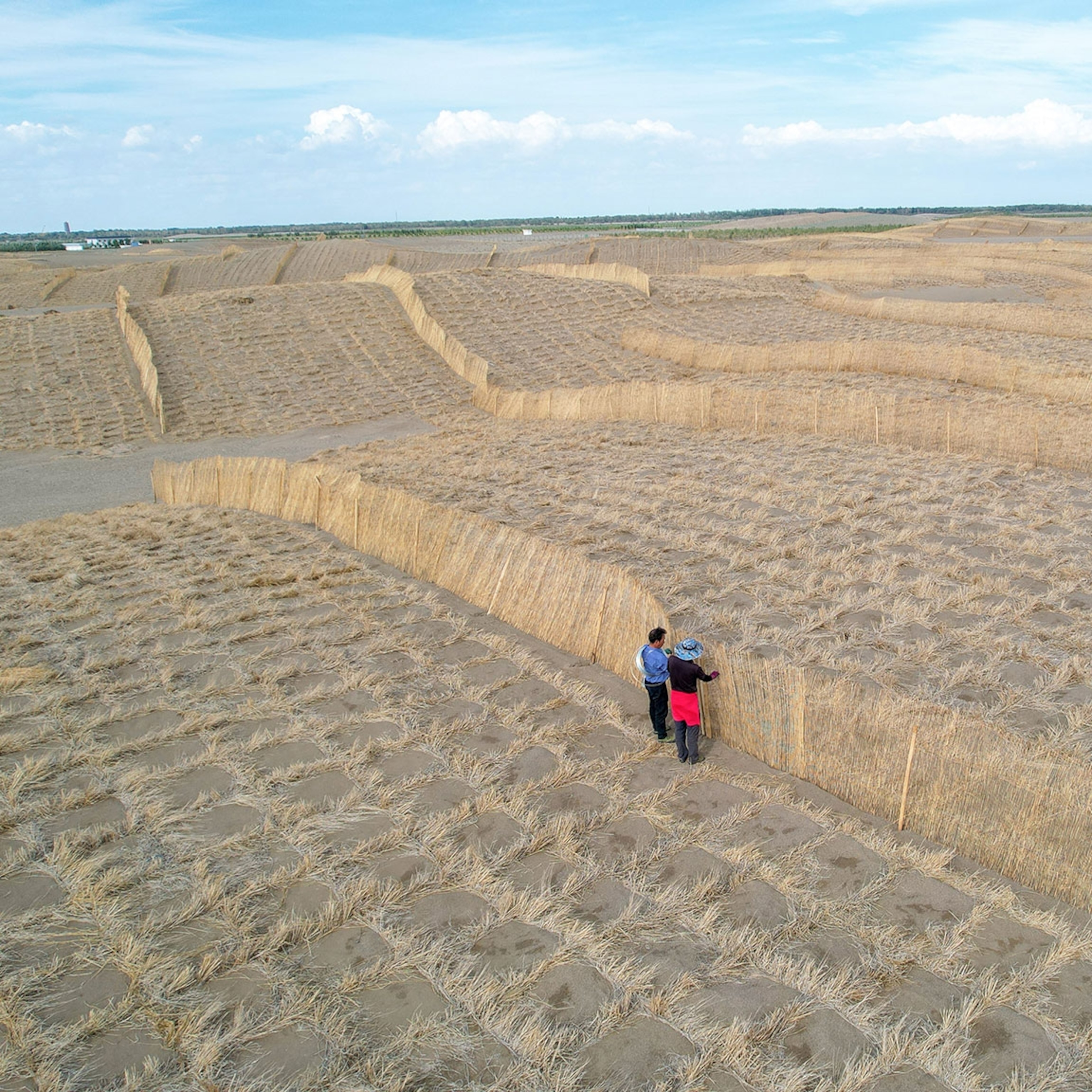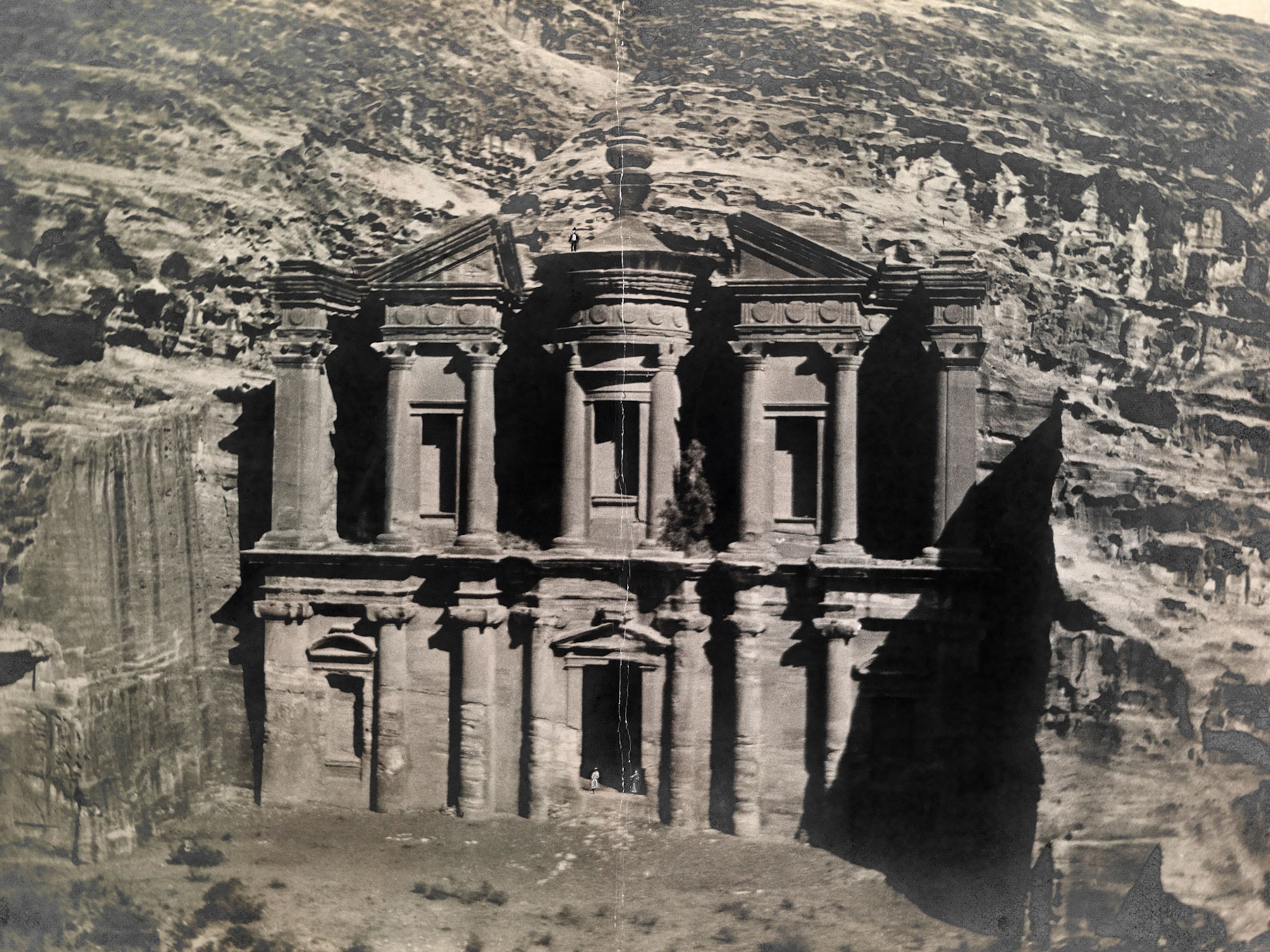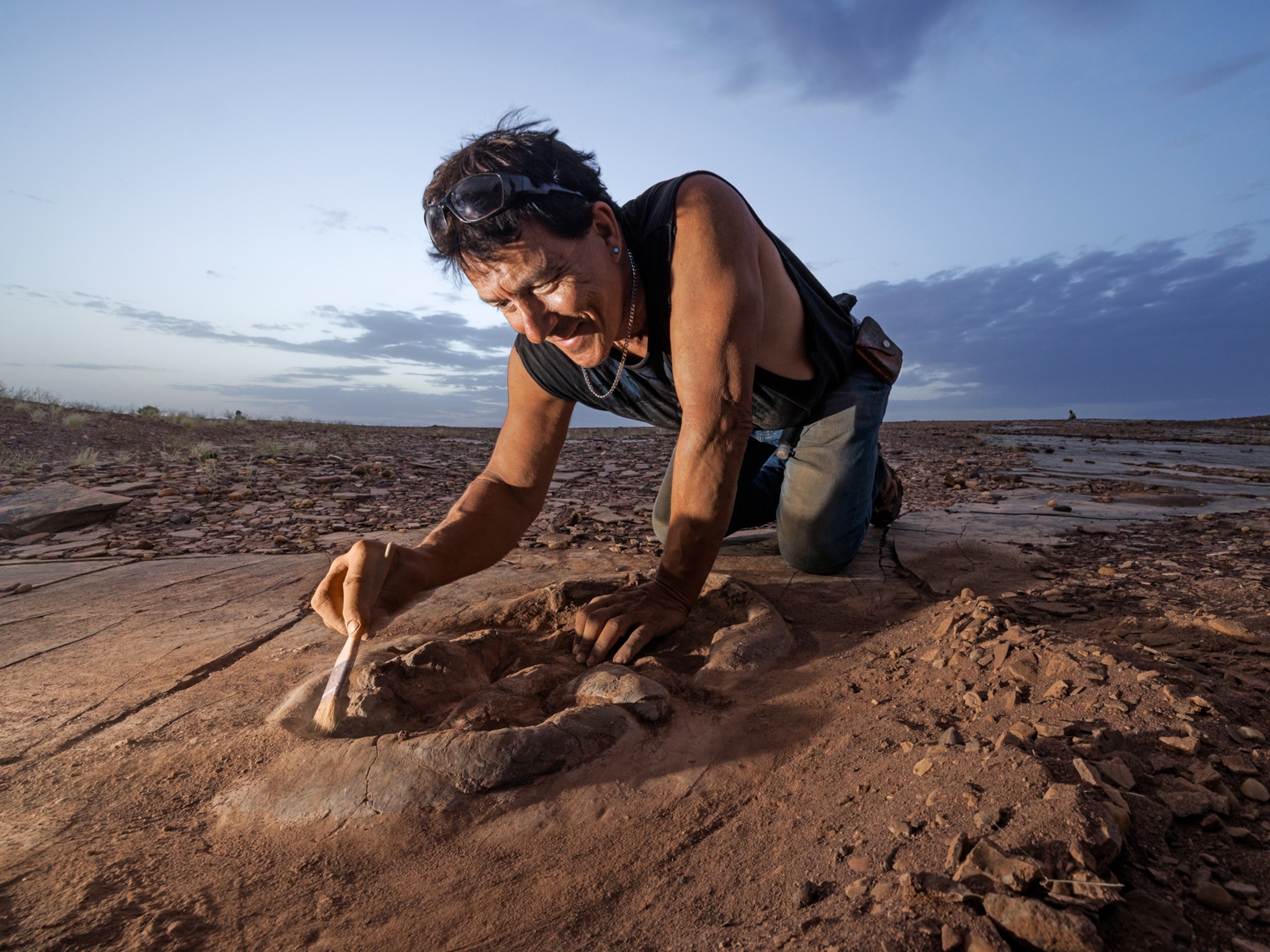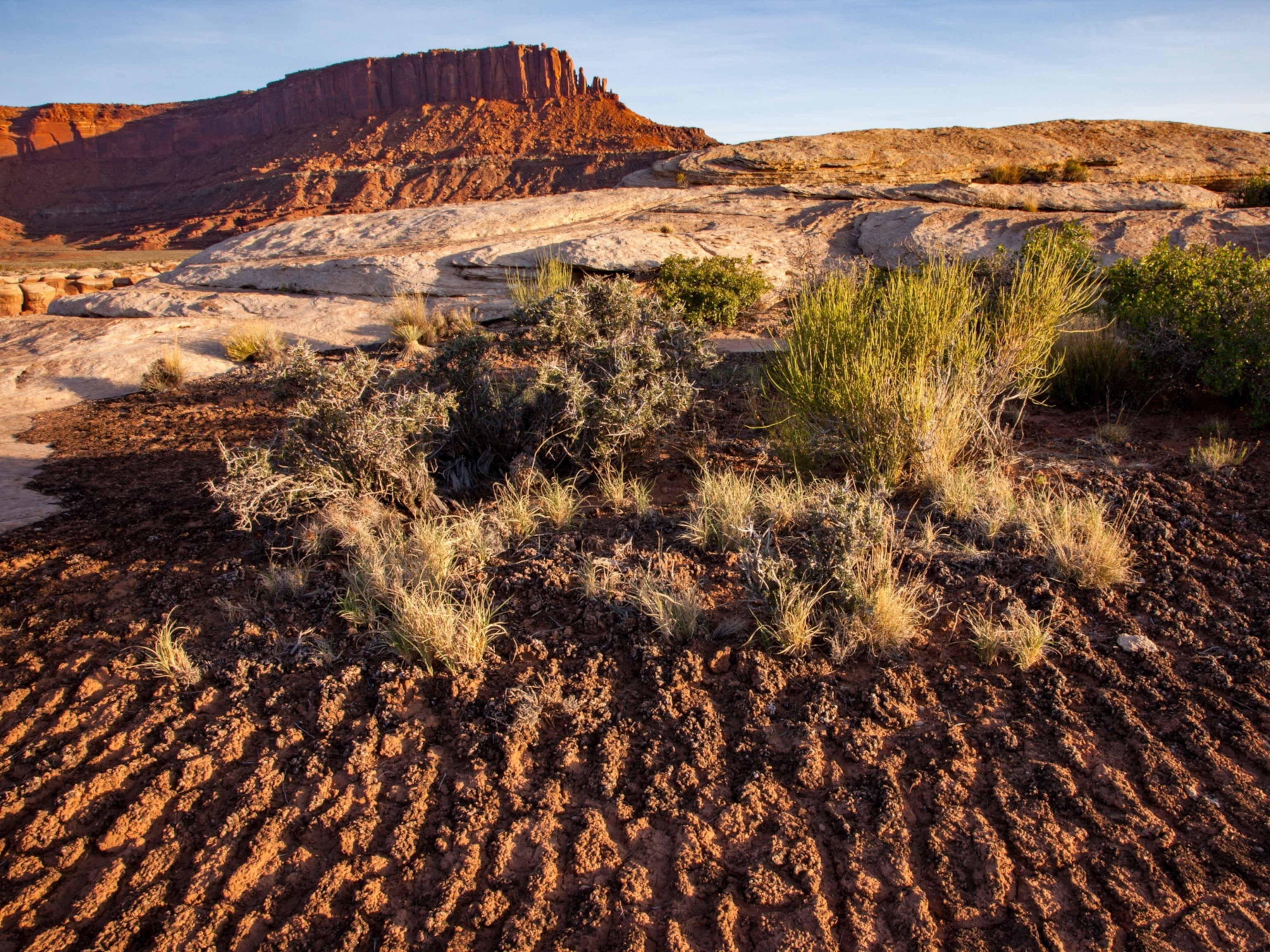Midway down a cactus-covered hill in one of the driest parts of Arizona is a miracle: a spring. Water continually streams out of the ground, down a small channel, and into a pond.
Quitobaquito Springs, as the area is known, is one of the only reliable above-ground water sources in the Sonoran Desert. This oasis long provided water to the Hia-Ced O’odham, a tribe indigenous to the area, and records of human use and habitation go back more than 10,000 years. It’s also home to two endangered species found nowhere else in the United States: The Sonoyta pupfish and Sonoran mud turtle.
“The spring is regarded as sacred, a living element provided to all from our Elder teacher,” says tribal elder Ophelia Rivas, referring to the O’odham Creator God.

But this once-quiet spot within Organ Pipe Cactus National Monument is in trouble. The flow of water, in slow decline since the 1980s, has dropped about 30 percent since March. The pond is at its lowest level in more than a decade, exposing mud flats throughout—a potentially urgent situation for its endangered animal inhabitants.
The pond is 200 feet from the U.S.-Mexico border, and contractors have already dug a six-foot trench for an electrical grid within a stone’s throw of it. Walls are going up several miles to the east of the spring in Organ Pipe and to the west in Cabeza Prieta National Wildlife Refuge. As construction advances closer to the spring, many people fear that the large quantities of groundwater that contractors withdraw to make concrete for the wall could exacerbate falling water tables and dry up the spring. Quitobaquito is probably fed in part by a regional aquifer that’s already been drawn down by agriculture.
“It’s unbelievable; it’s just horrible; it’s going down and down,” says Christina Andrews, a Hia-Ced O’odham leader, of the spring flow and pond level. She’s visited the spring since childhood, and has never seen it so depleted. “It feels like a violation of innocence.”
Customs and Border Patrol spokesman Matthew Dyman says, “It is not unusual for water levels at Quitobaquito Springs to fluctuate. However, CBP is closely monitoring in coordination with the National Park Service.”
The recent reduction in spring flow, combined with hot summer temperatures, are partially to blame for the low pond levels, says Vanessa Lacayo, a public affairs specialist with the National Park Service. The pond also appears to be leaking, and “we are working to determine where seepage is occurring. However, some of that work is delayed due to COVID-19,” she says.
Water woes
The pond itself was enlarged and lined by the National Park Service in 1962; originally, the spring flowed into a natural wetland. The pond’s clay liner is aging, and since 2006 it has sprung several leaks that have been repaired.
Some speculate that vibrations from heavy machinery and trench-digging near the pond may have cracked the clay liner. That’s certainly plausible, but it’s impossible to know for sure, says Michael Bogan, an aquatic ecologist at University of Arizona who’s been studying wildlife at the springs since 2016.
Dyman says Border Patrol and its contractors will not pump water from within five miles of Quitobaquito, opting to carry in water from nearby. But the hydrology of the area is complex, little studied, and there’s no guarantee that such a buffer is sufficient to protect the spring, says Hector Zamora, a hydrologist with the City of Tucson, who completed his doctoral thesis on groundwater in the region in 2018.
The spring itself is created by a fault where groundwater flows horizontally out of the side of Quitobaquito Hills. As part of Zamora’s thesis, he looked at the chemical signature of the spring water to determine its origin. His research suggests that a significant portion of it may be thousands of years old, and that the spring could be partially connected to a regional aquifer, which is fed by the Sonoyta River to the south.
The findings suggest Quitobaquito can’t be quickly and completely recharged by rainfall; there’s a good chance it’s fed by slow-moving groundwater that travels over a significant distance. That makes it vulnerable to over-extraction, Zamora says—but for the same reason it seems unlikely that removal for wall construction has already had an impact. “Due to the lack of research, however, we’re not sure,” he says.
This lack of certainty, and the possibility of seeing impacts much later, make groundwater removal for wall construction unwise, Bogan says. “It pushes the danger down the road—months or years later, that’s when you could see the impact of groundwater removal at Quitobaquito,” he adds. “At that point it’s definitely too late to do anything.”

In the 1980s, Quitobaquito Springs (which is plural because water used to come out at multiple locations) often flowed at a rate of over 30 gallons per minute. By March 2020, the rate had dropped to just over 10 gallons per minute. Since then it has gradually declined, and in the past week, it’s averaged around 7 gallons per minute. On July 15, it dipped below 6 gallons per minute for the first time on record.
The wall construction uses a lot of water to suppress dust and to mix concrete for the base. For a stretch of wall built a few miles east near Lukeville in 2008, Customs and Border Patrol estimated construction used up to 710,000 gallons per mile of fence. More may be necessary now, since the new wall is twice as high. To put this number in context, it would take about 70 days for Quitobaquito to produce enough water for one mile of fence.
Border Patrol spokesperson Dyman says that at the moment, the agency “does not calculate the amount of water usage per mile of construction.”
When water tables decline enough, springs disappear. And that’s what scientists fear could happen at Quitobaquito. The Sonoyta aquifer, which likely supplies some of the water to Quitobaquito, has been heavily affected for decades by groundwater removal by the town of Sonoyta and for agriculture and ranching in Sonora, Mexico. Wells throughout the area are lower than they once were, and parts of the Sonoyta River that once ran above ground have vanished, Bogan says.
“If you put one more straw into the aquifer and draw out a little more water—is that enough to cross that threshold and dry up the spring? That’s the concern that keeps me up,” Bogan says.
If that happened, it would doom the pupfish and mud turtles that live there. Pupfish, growing up to two inches long, are fun to watch, he adds—when the males are ready to breed, “they turn bright blue and yellow and chase each other around.” The mud turtles are less rambunctious, but visitors can see them occasionally rising to the surface for air as they move about, eating aquatic vegetation. The only other members of both species live in small numbers across the border; the spring is the stronghold for each.



The animals are incredibly well-adapted to the desert’s harsh conditions—pupfish can live for a while in shallow water with almost no oxygen, at temperatures around 100 degrees Fahrenheit—but they cannot survive without the spring. A depleted spring could also hurt other animals that depend on it for water, including everything from deer to bobcats to migrating birds, Bogan says. (Learn more: Border wall construction expands, despite pandemic, imperiling jaguars and other animals.)
Looking forward, monsoon rains are due to arrive at Quitobaquito any time now, which could slightly replenish the pond. Meanwhile, the Park Service is "working with agency partners on short-term strategies to maintain habitat and survival for the Quitobaquito pupfish and Sonoyta mud turtles,” Lacayo says. “Long term, we are exploring alternatives for major repairs and other mitigations to protect the habitat with support and input from the public and tribes."
Desecration
The Hia-Ced O’odham, whose name translates to “sand people,” are one of the five branches of O’odham, and currently recognized as part of the Tohono O’odham Nation, a sovereign land to the east of Quitobaquito. But they are distinct, with their own dialect, customs, and oral histories.
Once nomadic, the Hia-Ced ranged over a vast territory from modern-day Ajo, Arizona, west to Yuma, north to the Salt River, and south to the Gulf of California. Quitobaquito Springs has always been one of the O'odham’s most important sources of water, says David Martinez, an associate professor at Arizona State University who teaches and writes about American Indian history. The location is also mentioned in the tribe’s creation story, says Martinez, who is Hia-Ced and Akimel O’odham, and enrolled at the Gila River Indian Community.
The O’odham intensely oppose construction on this sacred land, which also contains a sizable tribal graveyard that is centuries old. While nobody lives at the springs anymore, it’s still used regularly for ceremonies and to pay homage to ancestors, Andrews adds. Once difficult to access, the spring now has a road running past it. Large trucks and heavy machinery rumble by continually—and soon, contractors plan to build the 30-foot wall, illuminated by lights powered by electric lines in the already completed trench.
“Going out there and seeing what’s happening firsthand is devastating,” says Vana Lewis, a member of the Tohono O'odham Nation, who visited the spring and saw the pond’s low levels in early July. Lewis previously visited the area for a water ceremony in February along with Hon'mana Seukteoma, an O’odham activist, and many other O’odham, including tribal members in Mexico. “It was very beautiful... to pray for the land and the water and the people, all together,” Seukteoma says.
Rivas makes the distinction that the springs are “a source for all O'odham, not just Hia-Ced.” Some of the modern-day distinctions and separations between the O’odham are a result of political boundaries put in place by westerners, which have served as “a further means of separation and political segregation,” Rivas says.
The area around the springs was sold without Hia-Ced tribal consensus to the government in the 1950s and became part of Organ Pipe Cactus National Monument. The O’odham are not only upset about what they see as the desecration of Quitobaquito, but the dozens of miles of fence already put up elsewhere throughout their historic homelands, separating tribal members from their relatives in Mexico. They were particularly outraged when Border Patrol contractors blew up ground in Monument Hill, to the east of the spring in Organ Pipe. The hill contains ancestral graves and a shrine to children.



Normally, such large-scale construction would require numerous studies, frequent consultations, and adherence to laws such as the Native American Graves Protection and Repatriation Act, the Endangered Species Act, and the National Environmental Policy Act. But under the 2005 Real ID Act, the head of the Department of Homeland Security may waive any law to build the wall, an effort that’s been massively ramped up by President Donald Trump.
The fact that Border Patrol and their contractors don’t have to follow these laws upsets tribal members and environmentalists alike.
“Because they’re not doing the studies, they’re going into this blind—they don’t know what the impacts of this construction activity will be,” says Laiken Jordahl, an activist with the environmental group Center for Biological Diversity. The organization, along with other environmental and tribal groups, has sued the Department of Homeland Security, challenging their ability to waive dozens of laws, but the Supreme Court declined to hear the case in its current session.
“We’re calling for an immediate halt to construction because of what we’re seeing until we can be sure that Quitobaquito Springs is not in jeopardy,” Jordahl says.
Congressman Raúl Grijalva, whose district includes much of the area southwest of Tucson, has also called for a stop to construction.
“It looks like Trump’s border wall continues to damage environmental treasures and sacred Native American sites like Quitobaquito Springs,” Grijalva says. “What’s happening in Organ Pipe is one of the many reasons why we should end wall construction once and for all.”


